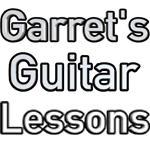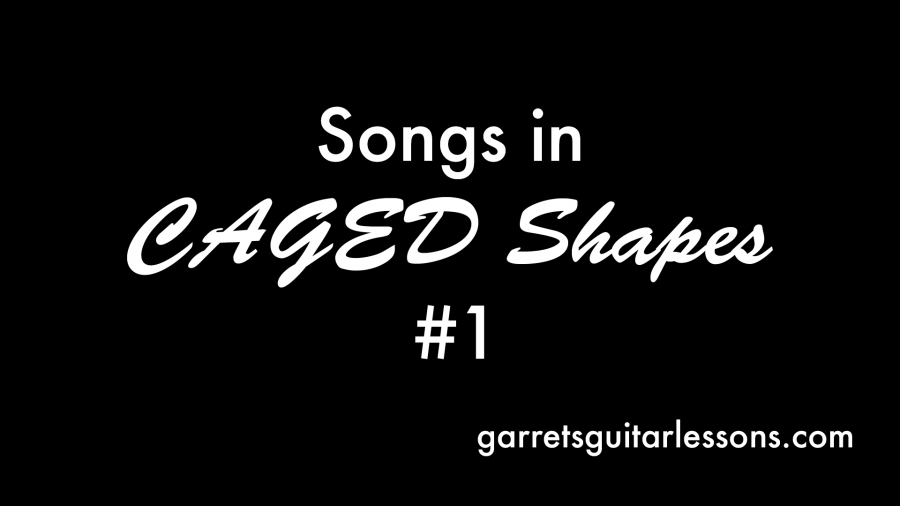So we want to actually play along with a song in CAGED chord shapes.
Why?
To get a better idea of where chord tones are, where arpeggios will lay on top, to see things in one position instead of sliding all over the neck, to see how our chords dictate our scale/melody… all sorts of reasons.
How do we do it?
Well, in my lesson Applying CAGED to Use and Learn Every Key (G | 1/2) I talk about assigning numbers to each shape. Essentially learning one key (in this case G) and having movable chord shapes everywhere.
The song I’m going to go through is “Canon In D”, because I know this post won’t get booted by a songwriter.
Now the name of the song is “Canon In D” so the original key is D. Let’s put our pinky on the D (10th fret, 6th string) and play a G shape. The chord progression is:
D – A – Bm – F#m – G – D – G – A
So I can play: the A as a “D Shape”, Bm as an “Em Shape”, F#m as a “Bm Shape”, G as a “C Shape”, D as a “G Shape”.

Now if we move that chord progression to numbers we get:
I – V – vi – iii – IV – I – IV – V
So let’s try moving it around! First let’s move it to A:

The chords completely change, but the movement between the chords stay exactly the same. This allows us to play the same chord progression in a different key and let some other concepts sink in. Do we have to know the names of each of those chords? No! In certain situations, having a go to way to change keys without having to have all 12 keys memorized is great.
Over time, this is a great way to memorize keys because we’re actually playing it in that key… instead of having to think before we play, we can think while we play!
How about B?

It feels exactly the same, yet sounds so different.
Pretty cool, eh?
By the way the chords are:
Canon in A is – A – E – F#m – C#m – D – A – D – E
Canon in B is – B – F# – G#m – D#m – E – B – E – F#
… but what would Canon in E be? 😉

